Is it safe to begin your yoga practice with seated poses?
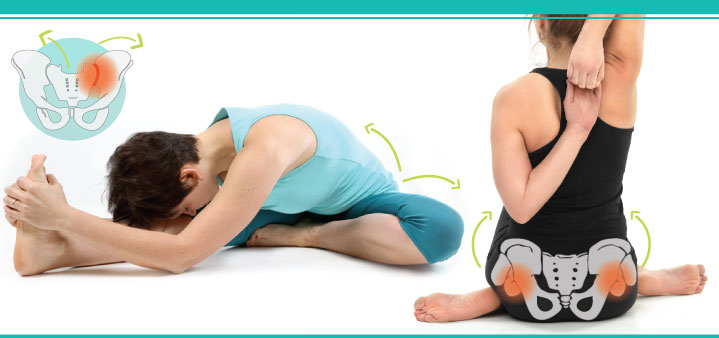
When I was on vacation a few weeks ago, I did my first SUP yoga session (yoga on a stand-up paddle board). Practicing yoga to the gentle rhythm of the ocean waves was divine, but how the practice was structured raised some flags for me. Our second yoga pose was Janu Sirsasana. I get the idea that you want to begin your SUP yoga practice with more stable positions, but unfortunately, we see this pattern pop up in regular yoga classes as well. Even famous yoga teachers in glossy magazines talk about poses like Cow face and Pigeon as “opening poses.” Folks, this is downright dangerous.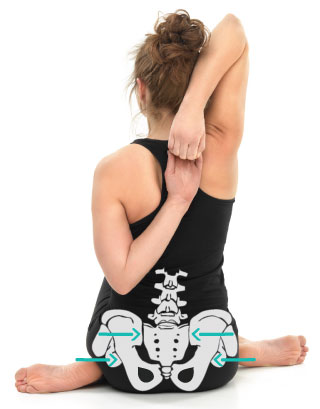
What do Janu Sirsasana and Gomukasana have in common? In both of them, your butt is on the ground, which means that the position of your pelvis is basically fixed, as opposed to a standing posture, where it is free to move following the movement of your legs. While in standing postures, your feet form the base of support, in seating postures, your pelvis becomes that stable base, and you arrange your legs and your spine against that base. When the position of the pelvis is fixed, the connection points between the pelvis and the moving body parts (spine and legs) will be challenged a lot, especially when you leverage yourself with the weight of the body and/or your arms. When I talk about connection points, I mean SI joints (which link your spine to your pelvis) and hip joints (which link your legs to your pelvis). Seated positions can be rather stressful for those areas, and those places need to be adequately warmed up and prepared for that sort of challenge.
Often, your students come to your yoga class shortly after waking up or after sitting all day, and their hips and backs will be stiff. If you ask them to fold into Gomukasana right off the bat, you are risking injury to their hip joints simply because they are not ready for that. Gomukasana is not a good preparatory posture because it involves leverage, both from the position of the pelvis and the position of the legs. Instead of warming up the muscles around your hips, you strongly pull on the ligaments of your hips. In addition, if you ask your students to bend forward, you will also pull on the sacroiliac ligaments.
Or take a look at Janu Sirsasana. Here, the position of the body puts stress on the SI joint on one side. This stress will be greater if the body is not adequately warmed up, or if there is any sort of sensitivity there.
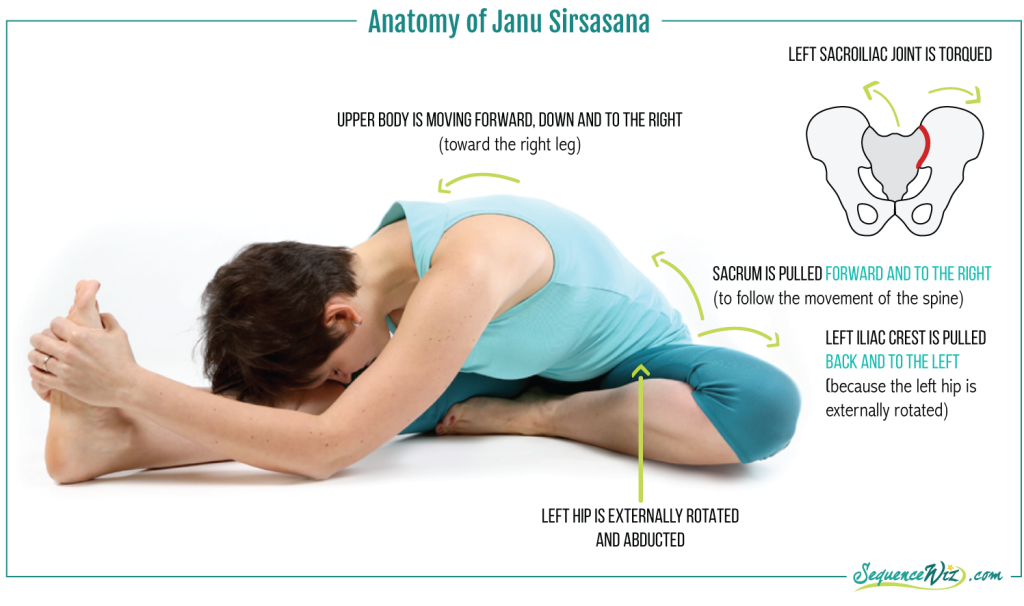
Because of the risks involved, in the viniyoga tradition, seated poses are considered the most challenging of the bunch and are usually placed at the end of the practice. In fact, general sequencing would look like this:
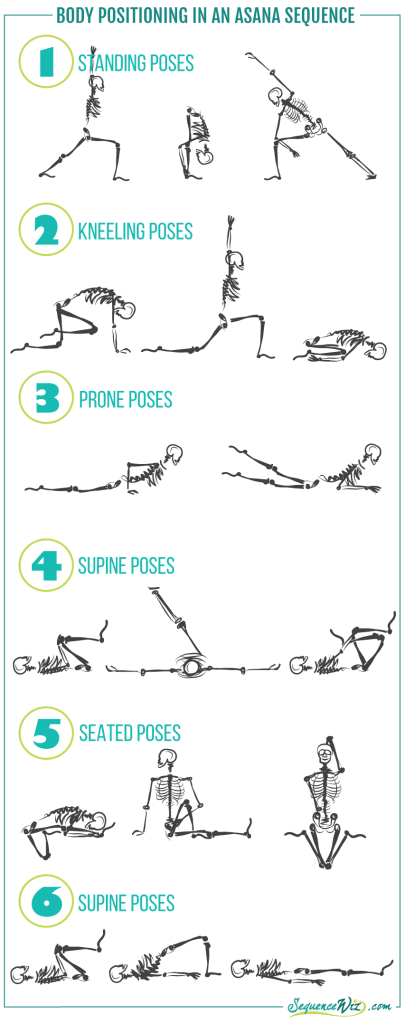
1. STANDING POSES use large body movements to warm up the body properly and introduce whatever work you planned for the practice.
2. KNEELING POSES are used to compensate for the standing ones, to transition down to the ground, and to continue the work that you started in standing.
3. PRONE POSES (on the stomach) are used to stabilize the sacrum and the lower back after whatever you did in standing and kneeling.
4. SUPINE POSES (on the back) are used to compensate for prone ones, and continue to explore the work you’ve planned for the practice.
5. SEATED POSES are used as a culmination of that work. When the body is adequately prepared, you can zoom in on specific areas and challenge yourself more safely.
6. SUPINE POSES are used to compensate for the seated work and help you transition into Savasana.
Somehow, we’ve come to think that seated postures are less challenging than standing ones, but it is the other way around when it comes to the safety of your joints. Yes, standing poses can be more challenging from the perspective of actual physical exertion, and that’s why you start with more simple ones and gradually build the intensity. And, of course, some students or circumstances will require more preparation before hopping into the standing postures. So you could do some kneeling things, like Cat-Cow, or some version of the magic three poses, or some other mild preparation to get things going.
Placing seated poses at the beginning of the practice is rarely a good idea. Most students won’t even be comfortable sitting on the floor without some sort of support at the beginning. Their hips will be tight; their backs will be sore. So beyond a few minutes of breath awareness or some basic Cat-Cow-like movement, seated poses at the very beginning of the class have little value. Starting your yoga practice with Gomukasana or Janu Sirsasana is, at best, ineffective and at worst, dangerous.

Would you like to get the Body Position in an Asana Sequence PDF? Sequence Wiz members get access to PDF handouts of brief educational articles on how to design yoga practices and use yoga to work with the body, energy, and mind.

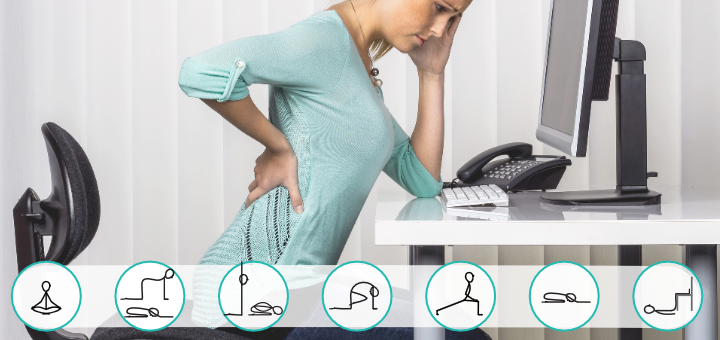

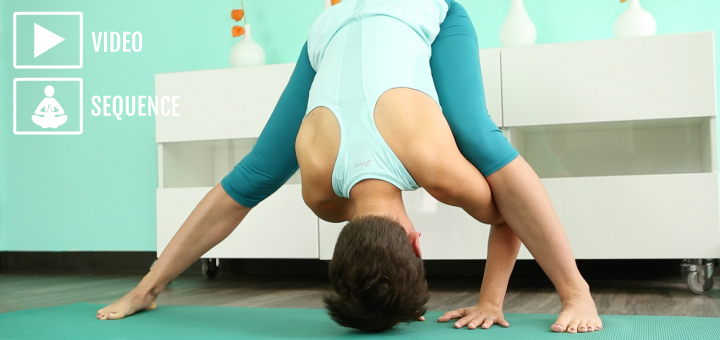
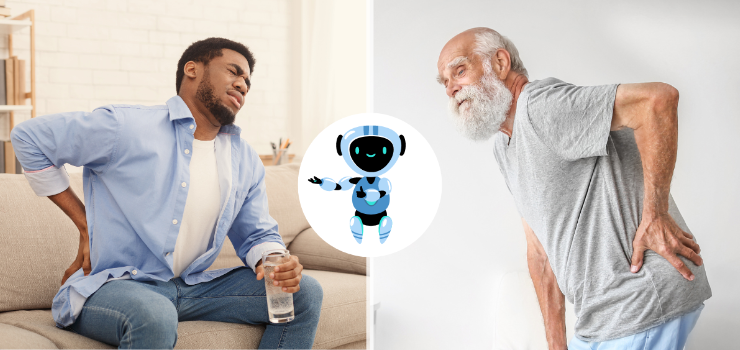
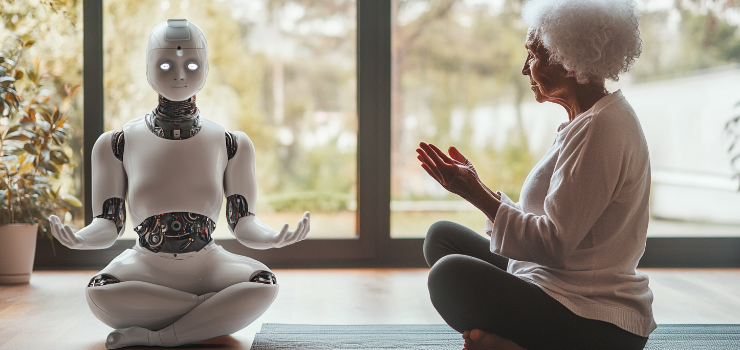

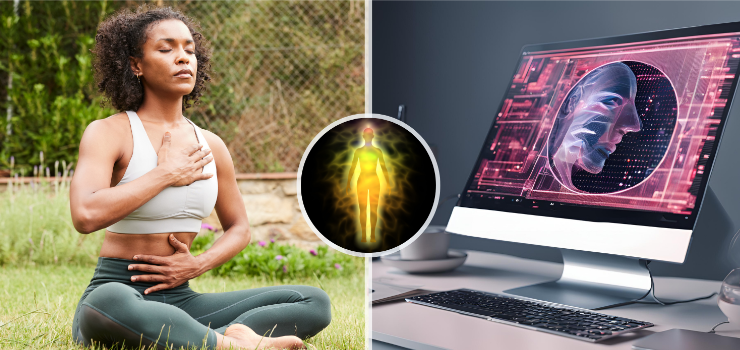
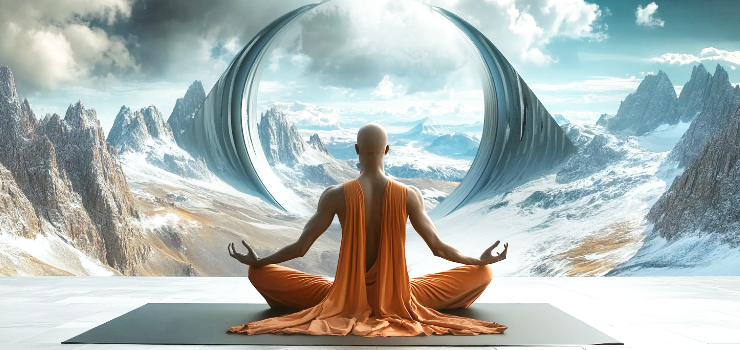
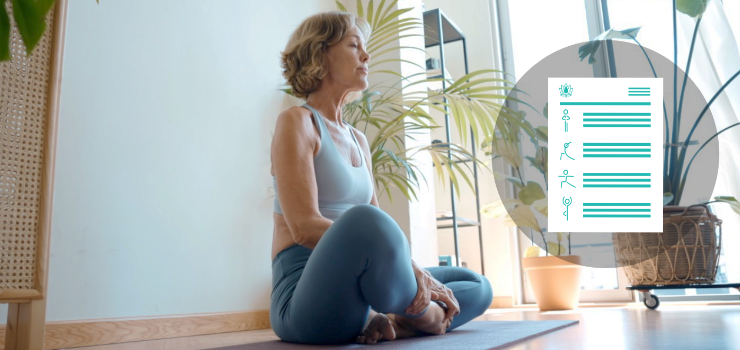
Hi Olga,
Thank you for another great and interesting article!
I just thought I’d quickly share something that popped into my mind after reading your article…
So what about Yin Yoga then? When they jump into any seated pose right in the beggining of the class withouth any warm up? 🙂
Cheers,
Julia
Hi Julia, thank you for asking! I don’t have much experience with yin yoga. Many years ago when I was researching it, I came across a statement from a famous yin-yogi who said that yin yoga is about stretching the ligaments (and you can see Kelly’s comment below). For me it was a red flag immediately, because I have no interest in stretching my own joints or the joints of my students. In my tradition stretching of the ligaments is considered destabilizing for the structure and a source of many problems down the line (and if they get injured in the process, they take forever to heal). So may be Kelly or somebody else who has a deeper understanding of yin yoga can tell us why this is a good idea?
To answer Julia, in yin yoga it is best to practice cool because you are looking for a different result than in yang yoga. You are intending to put a gentle strain to the joint over a long period of time. You’re intention is to target the joint and not the muscle. You passively hold poses for several minutes, and are not “pushing” yourself into your deepest expression of a pose, just waiting for time to allow your body to release and naturally sink deeper. If muscles are already warm, they will be “stealing” the pose from the joints and fascia.
Hi Kelly, thank you for answering Julia’s question. Would you mind clarifying something for me? What is the reasoning for “putting a gentle strain on the joint”? I was taught that joints need to be protected, not stretched, since they hold the entire structure together. From my own experience and from observing countless clients I know that people who have looser ligaments (from birth or from an intense yoga practice) have many more problems with pain and imbalance, especially as they get older. I understand the desire to affect the connective tissue, but isn’t this sort of prolonged holding destabilizing for the joints? I am really curious about yin yoga approach.
Hi Olga,
In yin, when you apply a gentle strain to the joints over a sustained period of time, you are actually strengthening the joint. In response to the stretch, your body will bring hydration and even lay down a new layer of cells in the area being worked on (amazing, right?) in effect strengthening those yin tissues. It’s important as I said before to let your body open gently over time. When you force in yin, (or in yang!) you can over-stretch and injure. In students with loose ligaments from birth or due to an intense practice, I think it’s important to strengthen the muscles around the area to stabilize the joint and to also practice restraint in poses where they are able to be hyper mobile. However, for others with joint pain and stiffness, or especially with body samskaras such as grasping and holding in the tissues (super tight hips, armoring the heart and shoulders, for example) yin yoga can be a great addition to their practice to find some juiciness and release the fascia. I know that yin can be difficult to understand and some things may seem contradictory when you have learned other yoga styles. (I’ve often had questions too!). My answer to you and to Julia comes from what I have learned from my yin teacher, Josh Summers, and also from Bernie Clark, Sarah Powers, and other teachers who are dedicated to teaching and studying yin. I hope this has helped some! 🙂
Thank you for this clarification Kelly – I find it very interesting! I think I definitely need to read up more on this approach! Do you have favorite books on the subject? Do you teach yin yoga and/or attend yin classes? I am curious in terms of student self-selection – who tends to be attracted to yin yoga? Is it the hyper mobile folks, or the ones with joint stiffness?
Hi Olga,
I do teach yin yoga, and I would say that my yin students range from those with an active (yang) yoga practice and endurance athletes to those who simply prefer a quieter, gentler practice (no standing postures). I would say in general, they tend to be of the stiffer variety, though. 🙂 Not every teacher does, but I love using tons of props in Yin to give some ease to the stiffer students and also to prevent the very flexible ones from going too deep too soon.
The best book I have found on yin is Bernie Clark’s “The Complete Guide to Yin Yoga.” He also has a wonderful website and videos on YouTube, as well.
Just wanted to add that it’s the gentle compression (i.e. compression of the low back in Sphinx pose) that causes the body to lay down a new layer of cells.
Thank you Olga and Kelly for the informative conversation and comments!
Very useful info
Thank you for this pertinent rationale along with description … very interesting. This follows the Ashtanga based primary series which I truly enjoy teaching, however, in a “senior” group class, they have no interest in standing first … they look to gentle stretching and I encourage “movement is medicine” … what would you recommend?
Hi Bobbye, thank you for your comment! I know exactly what you are talking about in regards to older students 🙂 With them I usually start on the back, then go into kneeling (in-out of child’s pose), then may be mild Cobra to take care of the back, then some sort of kneeling and then we arrive at standing. From there I just follow the pattern that I outlined. When it comes to older students, 3 things are fundamental to their health and longevity: they need to be able to come down to the floor and stand up from the floor; they need to work on balance, and they need to maintain their ability to walk. We can work on all of those things in standing postures. So while they might moan and groan at the beginning, I noticed that once they’ve come to expect this sort of order, it becomes comforting to them 🙂 Of course, on any given day we might spend more or less time in standing, depending on what’s going on with them, but standing poses need to be present in a practice for older folks to maintain their agility. Hope this helps!
Hi Bobbye. I teach older adults & thought I’d weigh in on starting a class with standing poses. I vary the way our classes start – sometimes lying down, sometimes seated & sometimes standing. We start with body & breath awareness in any of those positions. When I start the class from a standing position, I guide them through a sort of meditative mountain pose – awareness of the feet, the ankles, the knees aligned over the ankles, the hips aligned over the knees & so on, up to the head. Then, we begin some gentle movement to prepare for the asanas to come.
I haven’t ever heard about starting yoga in seating positions, and I find it quite astonishing. Why should it be a good idea to start with? In my opinion, it makes much more sense to work on those poses when the body is warmed up and prepared.
I always start with standing positions or sometimes kneeling positions (cat and cow) and then go on to standing positions. Thank you for sharing, Olga!
Hi, and thank you again for the always informative and enlightening posts. I was wondering if this applies to seated warm-ups? Gentle neck, shoulder, and arm stretches; simple twists (without leverage) and seated cat/cow. I usually alternate with standing or supine warm-ups depending on the class energy and ability. Thank you again, Olga…you are a gift to yoga.
Thank you Janis! Simple movements like those that you describe are usually fine; they are only slightly more challenging then what we do with our bodies in our day-to-day lives -turning, leaning forward, etc. We do have to make sure though that our students are comfortable in a seated position on the floor. If not, they can sit in a chair and do the same stuff.
There is absolutely nothing wrong with starting a session with sitting poses. It is the same with standing or inverted poses. It depends on the practitioner. Is one is comfortable in a pose, doesn’t strain and overdo things and can breathe comfortably, any pose is good to start.
Hi Binoy; I respectfully disagree, especially about inverted poses. I wrote an entire article about risks of inversions; personally I choose not to subject my students to those risks: http://sequencewiz.org/2013/12/17/shoulderstand-to-teach-or-not-to-teach-that-is-the-question/ I do not subscribe to “anything goes” attitude when it comes to yoga classes. In my tradition we pay a lot of attention to preparation and compensation for more difficult poses because you really never know what’s going on in the student’s body.
For similar reasons + one that is shared by Iyengar Senior teachers some who are also physical therapist, that after backbends not to do a forward bend as a counter pose + vice versa (contrary to Vini-Yoga ala Gary Kraftsow lineage…..however NOT contrary to KYM) rather for example a Down Dog to neutralize the spine, also why in the Astanga Primary Series, after each seated forward bend ( which are the end of the series) you do a Down Dog, then an Up dog, then a Down dog, and another seated forward fold. I love so much about Vini-Yoga but disagree with the sequencing “formula” that they always seem to do spinal flexion after spinal extension, which is way to hard on most people vertabrae. Flexion – then NEUTRAl – then extension feel so much better.
Good blog on yoga Olga! ?
I would just add that people who do yoga should add massages into their lifestyles. You will relax more and be at Peace! Massages also help make you more limber ❤